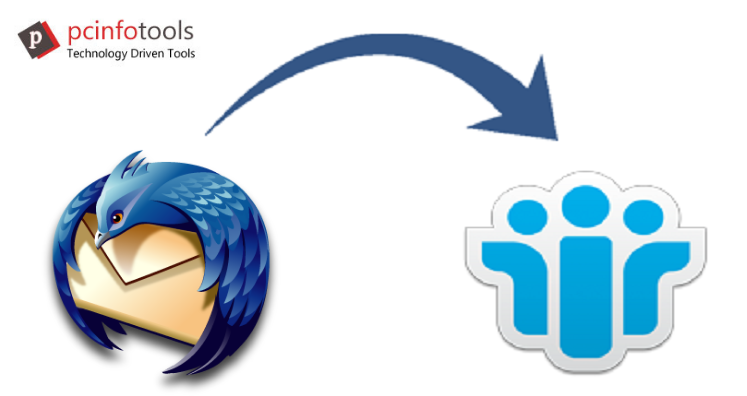Summary: If you need to import Thunderbird files into Lotus Notes, you have landed the correct page. Here, in this article we will introduce an ultimate solution for efficient import of Thunderbird mailbox data to Lotus Notes.
Introduction About Thunderbird & Lotus Notes
Thunderbird, a free emailing client for desktop users save data in MBOX format. It is an open-source application that supports Mac and Windows OS. It saves all email items in MBOX file (multiple emails).
Lotus Notes is a client-server application generally used by business users. It saves data in NSF file format. Lotus Notes comes with collaboration functions like calendar service, contact management, instant messaging, etc.
Reasons to Import Thunderbird to Lotus Notes
Here are the common reasons due to which users switch from Thunderbird to Lotus Notes application –
- Lotus Notes is well known for its unmatched security features. Your important data is at zero risk with Lotus Notes hence most organization prefer using it as their primary email client.
- Data on Lotus Notes is located centrally on server hence users can easily access it anytime. This is not possible with Thunderbird or other MBOX supported applications.
- In case of job switch, users might need to import Thunderbird mailboxes into Lotus Notes file format.
How to Import Thunderbird Emails to Lotus Notes via Manual Method?
If you want to go with manual method for transferring Thunderbird files into Lotus Notes then, you have to gather all MBOX emails and change them into .eml file extension. After that, you can move Thunderbird emails into Lotus Notes application.
- First download Thunderbird application.
- Install ImportExportTools add-on in Thunderbird.
- Then, transfer all MBOX files from Thunderbird by following:
Tools>Menu>Import/ExportTools.
- This will save Thunderbird files into EML file extension on your local system.
- Now, open Lotus Notes application and transfer EML files in it that you have exported from Thunderbird.
Note: If users want to transfer multiple EML files in Lotus Notes, then use the drag & drop method again.
We all know that manual solution is completely free of cost therefore many users want to go with it. But, it also has many limitations such as data loss, time-taking, complex to use, etc. These limitations force users especially beginners to look for simple ways of conversion. If you don’t want to waste your valuable time, then go for automated solutions.
Automated And Quick Way to Import Thunderbird To IBM Notes
To make the import task smoother, simpler and safe, experts suggest using MBOX to NSF Converter Tool. It is a highly-tested and secure solution designed to meet all needs of users regarding Thunderbird mailbox to Lotus Notes conversion. It comfortably loads multiple Thunderbird files at once to export into Lotus Notes NSF file format. In a few moments, MBOX files to Lotus Notes NSF file format is exported by the tool. The major attraction of this tool is it can seamlessly convert multiple MBOX files into Lotus Notes NSF file in a single attempt. There is no restriction imposed to use this software. The software can export all MBOX files in one NSF or can create multiple NSF files. Make sure to pre-install Lotus Notes on your system to carry out the migration task.
Here is the guide to import Thunderbird files to Lotus Notes NSF file –
- Install and Open Thunderbird to Lotus Notes Converter Tool.
- Add Thunderbird mailboxes directly or manually add MBOX files.
- Get instant preview of Thunderbird mailboxes. Then, press the Export button.
- Select multiple NSF or single NSF file format.
- Then, set a path where you want to export NSF file.
- Finally, press the Convert Now button.
This will provide you data in NSF file to whom you can easily open in any Lotus Notes version.
Final Thoughts
I hope through this post, we have successfully resolved all your queries on Thunderbird to Lotus Notes Conversion. Manually, it would be risky and complex to perform the conversion hence we suggest using automated tools. With it, users can get perfect results in less time. To monitor the software performance, download free trial first and then get the license version.

